Beethoven’s birthday creates movement in Vienna
The Austrian city prepares to celebrate the 250th anniversary of Beethoven’s birth.
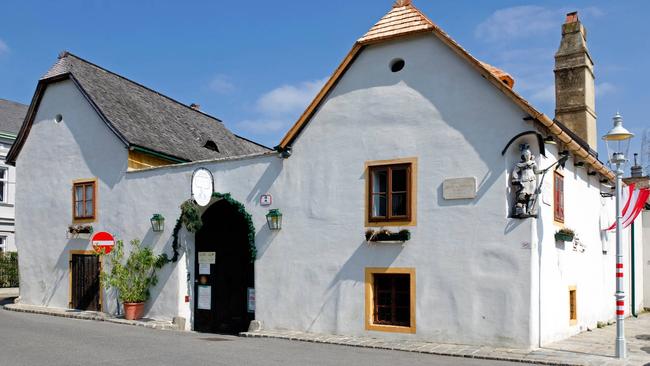
Ludwig van Beethoven is as Viennese as apple strudel. Though born in Bonn, Germany in 1770, he moved to the Austrian capital when he was in his early 20s, and then spent the rest of his 56 years changing the course of Western music from the city on the Danube. A quirky, cantankerous celebrity in his own time, he premiered his groundbreaking symphonies and concertos in Vienna’s grand palaces, escaped the summer heat in what are now its sleepy suburbs, and moved around between dozens of supposedly squalid apartments that sprawl across much of the city.
His life story, marked by debilitating deafness and unrequited love, is the stuff of legend, and even residents who can’t tell a Beethoven concerto from a Brahms sonata may know that he once penned a despairing, near-suicidal note at the hilltop spa of Heiligenstadt, now a fancy neighbourhood at the city’s northern edges, or that he spent a few pleasant months in once-remote, woodsy Modling, now an industrial exurb.
Beethoven’s summer sojourns ended with a return to the big city, and Vienna still revs up its cultural season with autumn concert programs featuring the Bonn transplant, whose late string quartets seem to set just the right tone. Next year is the 250th anniversary of Beethoven’s birth, and the city will take a year-long look at his legacy, but you don’t need an anniversary to follow in his footsteps. Here are the essential stops.
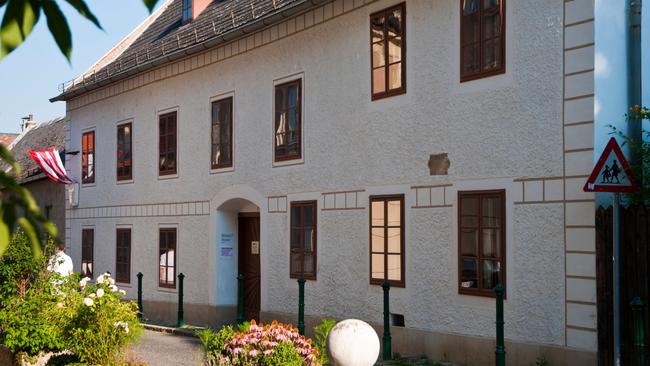
The Crash Pads
Beethoven moved nearly 70 times while living in Vienna. Two of his former homes are open to the public, and many more are marked with commemorative plaques.
High above Vienna’s historic centre, at the edge of the hilly Vienna Woods, the city’s Beethoven Museum, is housed in a one-time bakery complex dating back to the late Middle Ages, with an 18th-century annexe containing a small apartment where Beethoven spent the summer of 1802. While living here, he composed his tragic Tempest piano sonata and began work on his 3rd Symphony, the Eroica.
The museum is the place to view a trajectory of the composer’s life in Vienna. He first made his mark in the city as a precocious pianist-for-hire in the 1790s, growing in stature until his death in 1827, when upward of 20,000 Viennese turned out to witness his funeral procession.
Outfitted with relics, including a lock of his hair, and a death mask once belonging to pianist-composer Franz Liszt, the museum narrates the story with the help of vintage objects, such as a collection of the era’s ear trumpets. In what is believed to be the rooms he stayed in, up a half-flight of stairs from the quaint courtyard, Beethoven wrote his Heiligenstadt Testament, an unsent letter to his brothers, which described his fears of growing deaf while reaffirming his belief in the sanctity of his music.
“I find the museum very emotional,” says Andris Nelsons, music director of the Boston Symphony Orchestra, “It’s like meeting Beethoven’s ghost.”
Back down in the city’s historic centre, known as the First District, Beethoven spent several years in an 18th-century fifth-floor walk-up, high above the city’s medieval fortifications, in a building known as the Pasqualati House. In what is believed to be Beethoven’s former apartment, the city’s Vienna Museum oversees a second space, with its own treasure trove of Beethoven memorabilia and ephemera, from a music stand to a spare sugar tin. Beethoven’s two stays here — from 1804 to 1808, and later from 1810 to 1814 — coincided with his monumental revisions of his only opera, Fidelio, and arguably his greatest triumph in his own lifetime, the 1813 premiere of a short orchestral piece, Wellington’s Victory, in honour of the British triumph during the Napoleonic Wars, and paradoxically among his lesser-known works today.
The Pasqualati House brings early-19th-century Vienna back to life, with a special installation devoted to Beethoven’s patrons. Visitors can also get a crash course in the composer’s pained crushes on noble ladies, one of whom is believed to be his so-called Immortal Beloved, the mysterious addressee of yet another unsent letter.
■ wien.info
■ wienmuseum.at
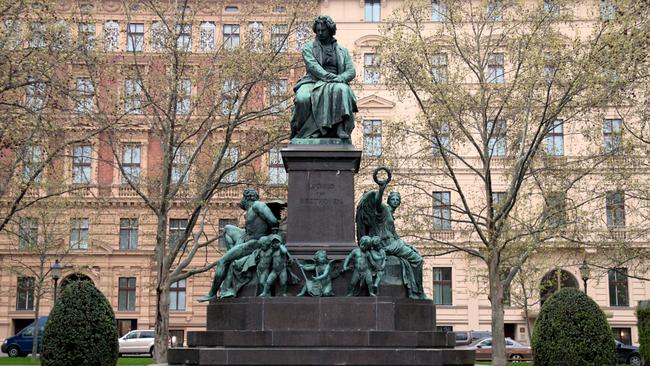
His Music, Then and Now
Beethoven’s career came during a transitional period in the history of musical performance, when private ensembles were just about to give way to professional orchestras. His Eroica Symphony is now typically played by more than 70 musicians, for an audience of several thousand. But it was first performed in what amounts to a large living room, in the Vienna palace of Prince Joseph Franz von Lobkowitz, by about 30 musicians for an audience of 100.
Martin Haselbock, an Austrian conductor, is leading the way back to the Vienna of Beethoven’s time with his period-instrument ensemble, the Orchester Wiener Akademie. It performs Beethoven works in their original settings, including the ornate Eroica Hall, as it was later christened, in the Palais Lobkowitz, now Vienna’s Theatre Museum. Modern instruments played in halls with state-of-the-art acoustics may impress, admits Haselbock, but the more compact spaces that Beethoven knew can have a much stronger impact. “When you hear Beethoven played in the Palais Lobkowitz,” he says, “you feel the music under your skin.”
■ theatermuseum.at
Monumental Tokens
Beethoven was certainly famous when he died, but his posthumous fame turned him for a time into something nearly superhuman. For a glimpse of the cult he inspired, take a stroll to Beethovenplatz, near the southern tip of the First District, where his enormous monument, unveiled in 1883, suggests a cross between a late Roman emperor and an early Christian martyr.
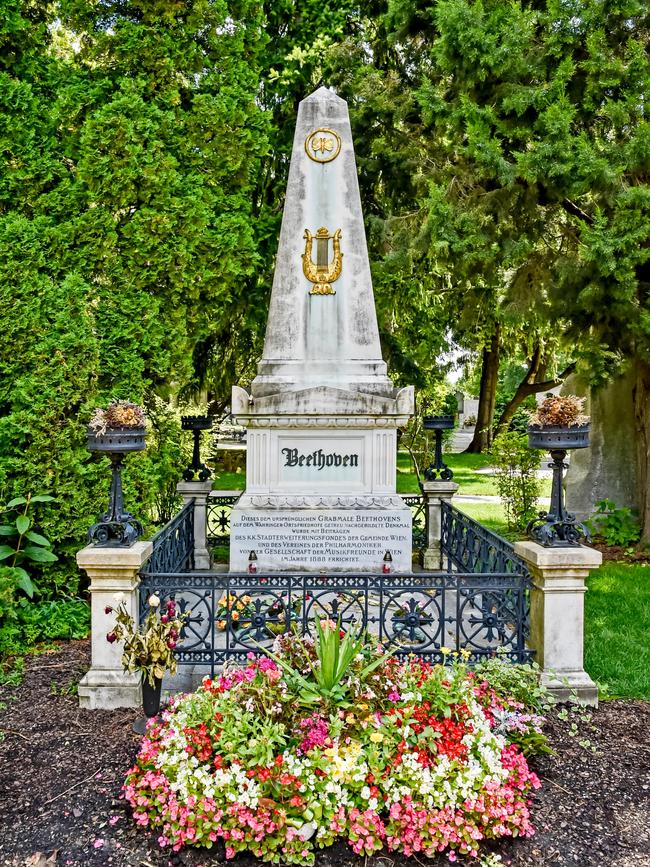
In 1901, Gustav Klimt created one of his masterpieces in honour of the composer. The Beethoven Frieze, a cycle of swooning nudes, shows art redeeming the sufferings of life, with the spirit of the composer presiding over the gilded spectacle. It’s on permanent display in Vienna’s Secession building.
Beethoven’s remains were exhumed a few times before, in 1888, reaching Vienna’s Zentralfriedhof cemetery, last resting place of the city’s creative geniuses. His obelisk tombstone, with a gilded bas-relief of a lyre, marks the spot.
■ secession.at
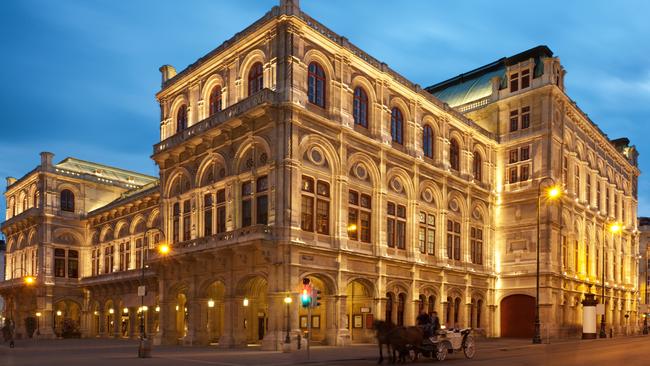
Master Plan
Next year, in honour of the 250th anniversary, Vienna is mounting a year-long shindig, with concert venues, opera houses and museums ready to tempt visitors with everything from original-instrument performances to contemporary artists weighing in on the composer’s genius.
A few highlights: On February 1, the Vienna State Opera will mount a rare staging of the first version of Fidelio, Beethoven’s only opera. On March 16, the work’s second version gets its own airing at Theater an der Wien, the 18th-century opera house and concert hall, with Oscar-winning Austrian actor Christoph Waltz, known for his roles in the films of Quentin Tarantino, set to direct. In April, back at the State Opera, the third and best-known version, in a classic staging dating back to the 1970s, will delight traditionalists.
■ wiener-staatsoper.at
In mid-February, the Orchester Wiener Akademie will play Beethoven piano concertos on period instruments in the Baroque main hall of the Palais Niederosterreich, a centuries-old complex where concerts were given during Beethoven’s lifetime.
■ wienerakademie.at
Starting on March 25, Vienna’s Kunsthistorisches Museum, known for its Old Masters paintings, will open Beethoven — The Exhibition, a multi-media show featuring works in several genres, created over several centuries.
■ khm.at
From May 23-June 7 at the Musikverein, home of the Vienna Philharmonic Orchestra, conductor Andris Nelsons will helm a full cycle of Beethoven symphonies.
■musikverein.at
The Wall Street Journal

To join the conversation, please log in. Don't have an account? Register
Join the conversation, you are commenting as Logout